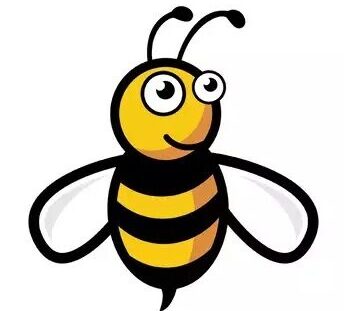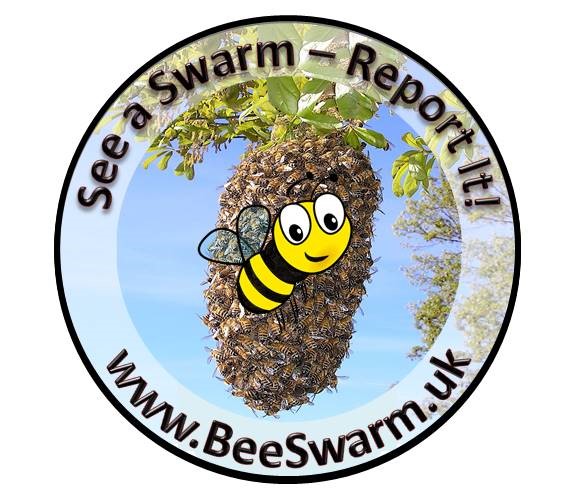In the Horsham area
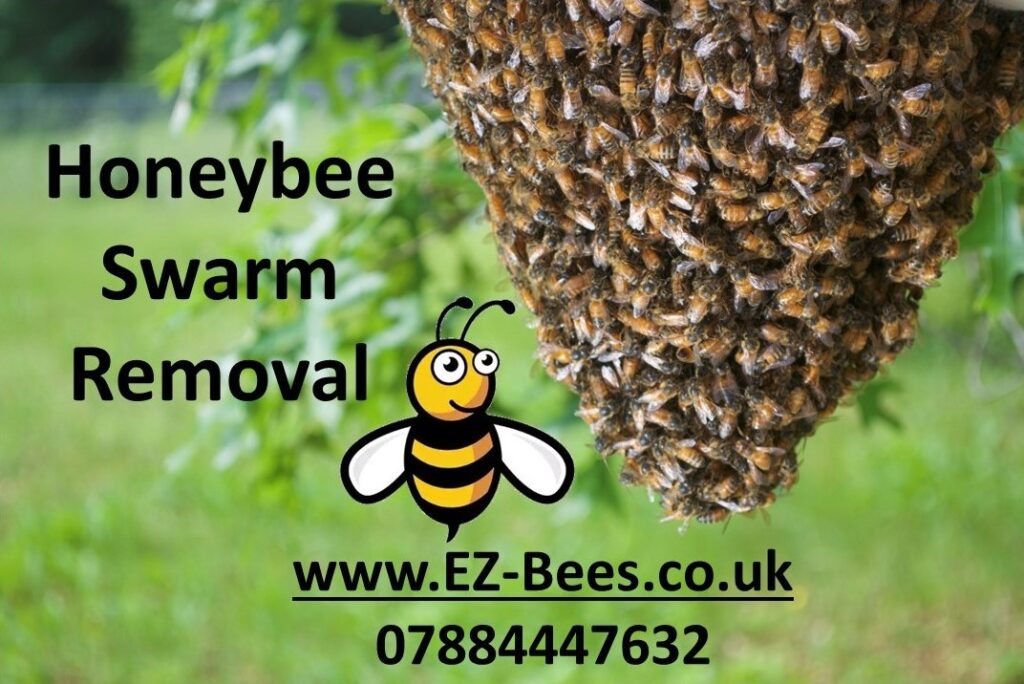
I will come and collect it for free. Just drop me a message using the contact form or call me on the number above.
Outside the Horsham area
Use the BeeSwarm website to contact a local beekeeper outside of Horsham. Just fill in the form to report your swarm.
Swarms of honey bees can take many forms but are essentially a ball of bees.
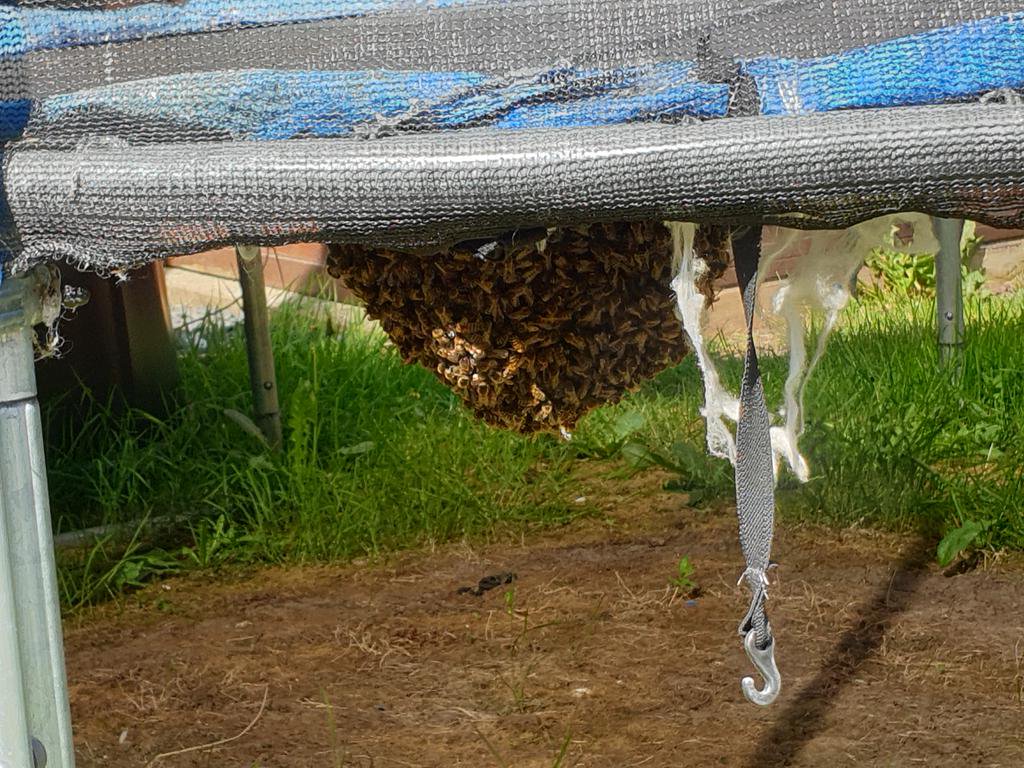
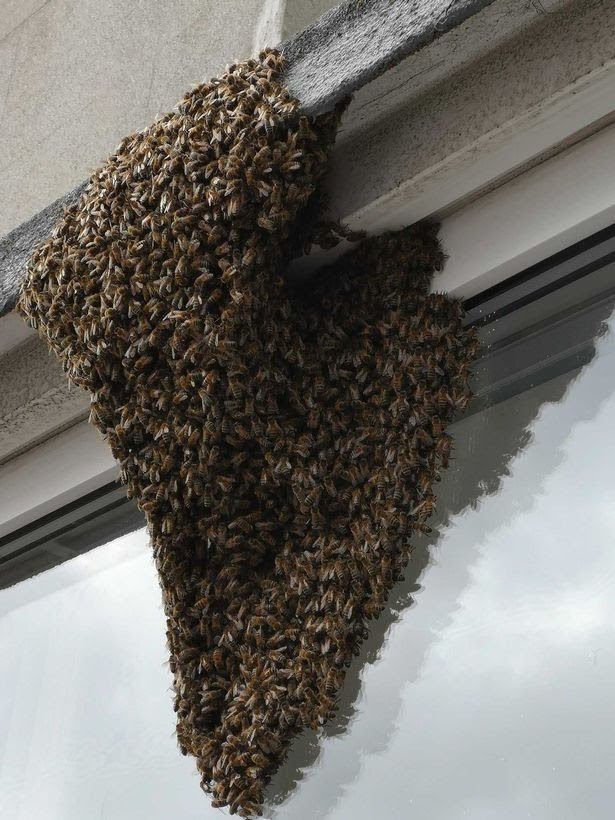
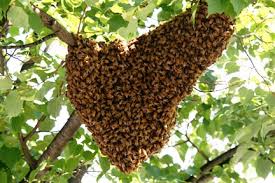
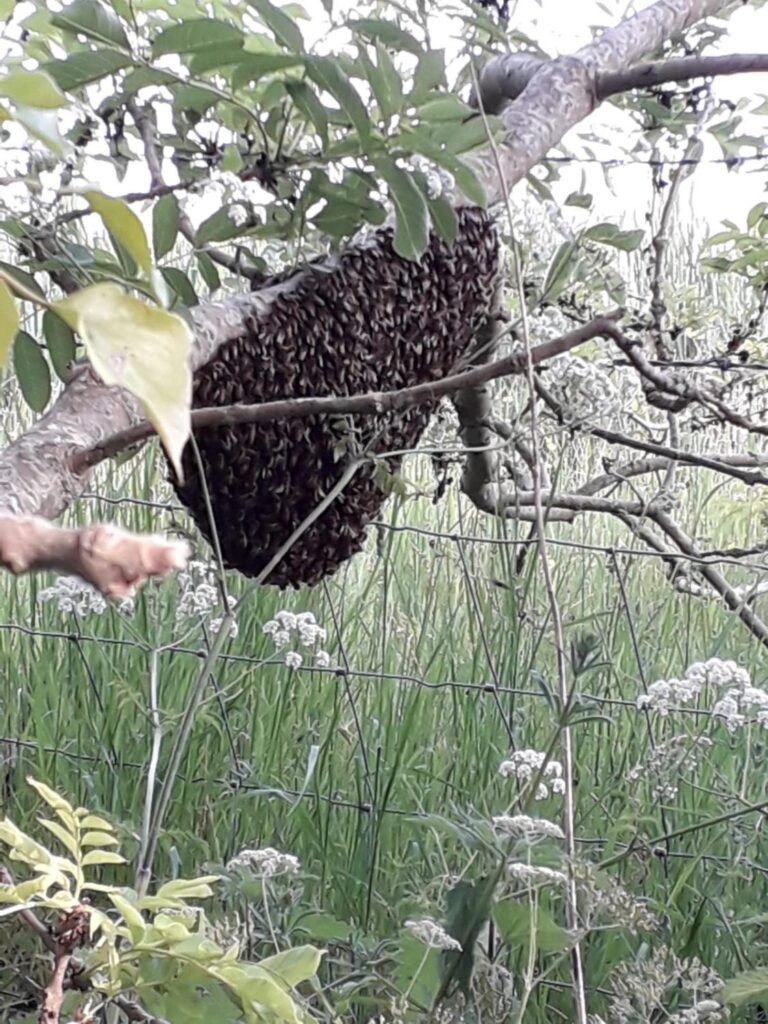
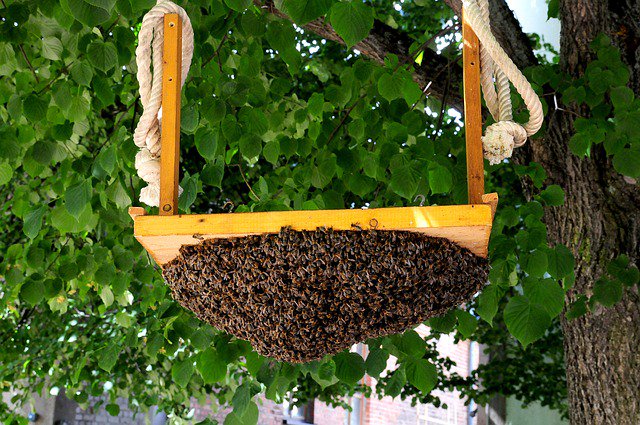

Swarms occur naturally and are nature’s way of reproducing the nest as well as the bees. Usually between April and July, if a nest of bees is super strong and healthy the colony will decide to swarm. A recently laid egg will be placed in a special queen cell and will develop into the next queen.
The old queen will then leave the nest with half of the bees alongside her. This old queen will then set up a new colony but while they wait for the scouts to find the perfect place they will rest as a swarm on a tree or post or somewhere similar. They are not aggressive and have no honey to defend, but should not be disturbed without the proper equipment.
Is it a Honey Bee?
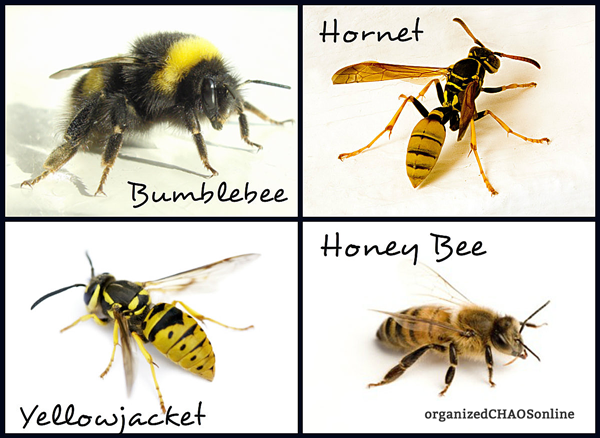
Only one of the above is a honey bee. The others will not swarm and will not be picked up as a honey bee swarm.
EZ-Swarm removal!!
This is a great video of someone else doing it.
This is one way of doing it!!! Better to “Have a suit that you don’t need than To Need a suit you don’t have!!” so please don’t follow this example!!
Equipment
Some swarms are easy to collect and can be done simply with a white sheet, a bucket, and a nucleus hive whilst others require a bit more effort. I like to put the bees directly onto the frames that they will then call home so as to reduce the effort of moving the bees from one place to another to a third. I therefore try to get them into a nuc, 5 frames that can be transferred directly into the hive that they will then occupy. I have actually seen a swarm begin to lay egs on the frames wihtin 2 days of being put in teh box so this is definitely the best way to do it rather than into a bucket or other house first.
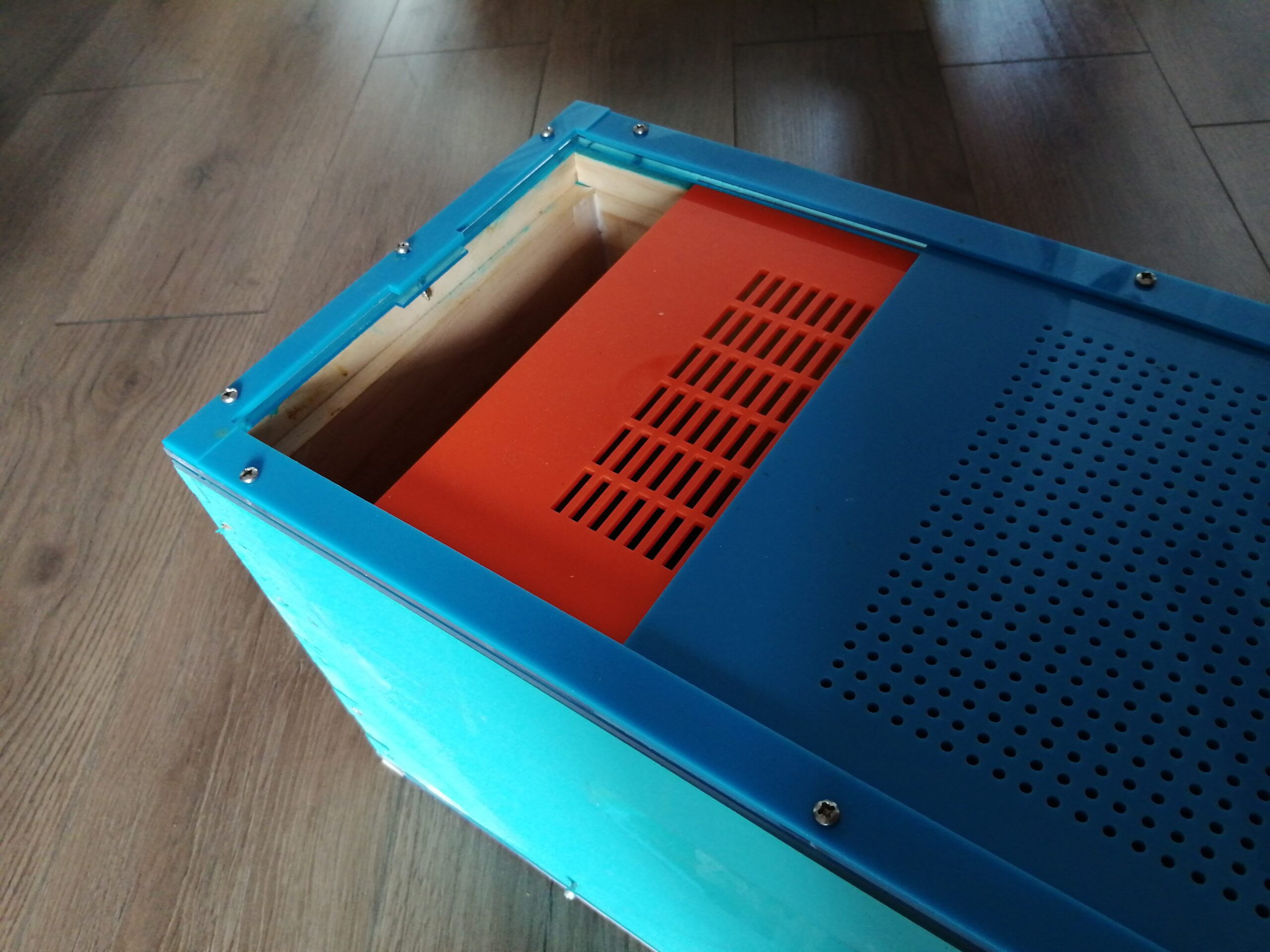
My main piece of kit is a multi-functional box swarm box. This box is set up to take the Langstroth frames that fit into the normal hive so that bees can start building their new home from the moment they are in the box as these are the frames that will go into their new hive. There is a bottom slider for ventilation and access and a top slider that can take a range of different fittings. These include a solid top, a vented top, a queen excluder top, and a large hole. The main idea is to get the queen in the box and all the others will come and join her. I also have a ventilated secure box that the whole nuc fits inside in order to easily transport them in the car. Nothing worse than driving with a thousand bees flying around your head!!!
I also have some other toys that help with the harder to reach swarms.
A bag on a pole is useful for bringing swarms down from high up in trees for instance.
A 6 M telescopic ladder that helps me operate at height.
Bee Vac
I have a bee vac that allows me to safely suck the bees into a box using a vacuum if they are in an inaccessible place. The multifunctional box fits on top of a bee vac if needed. This helps with really difficult swarms or cut-outs.
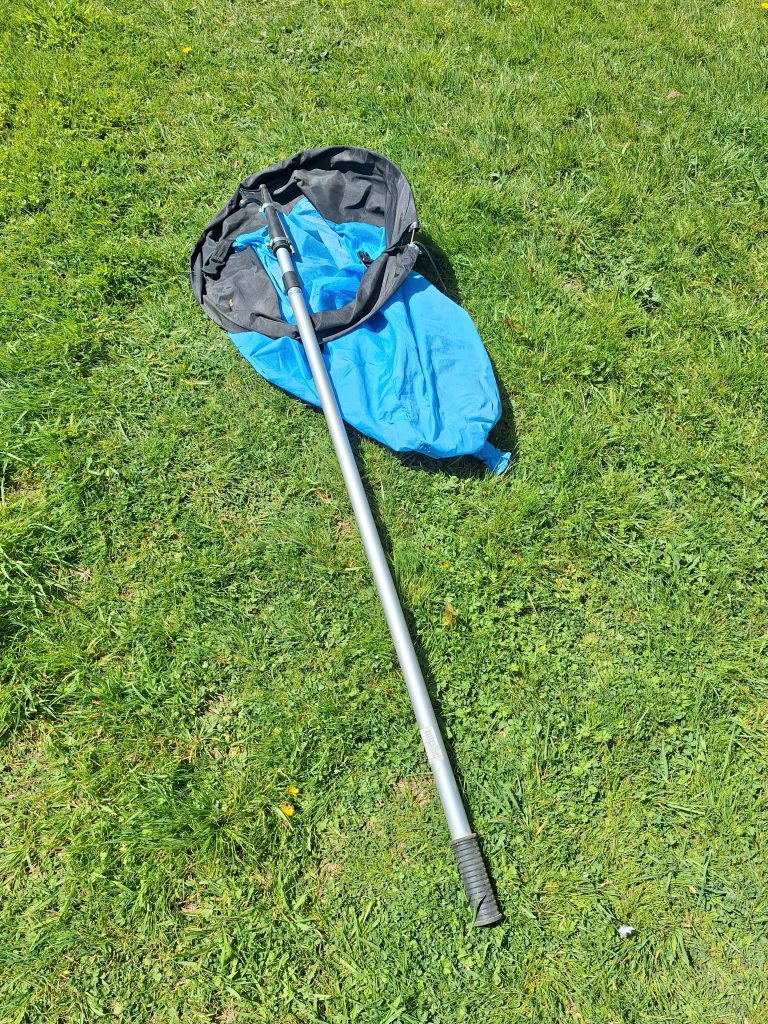
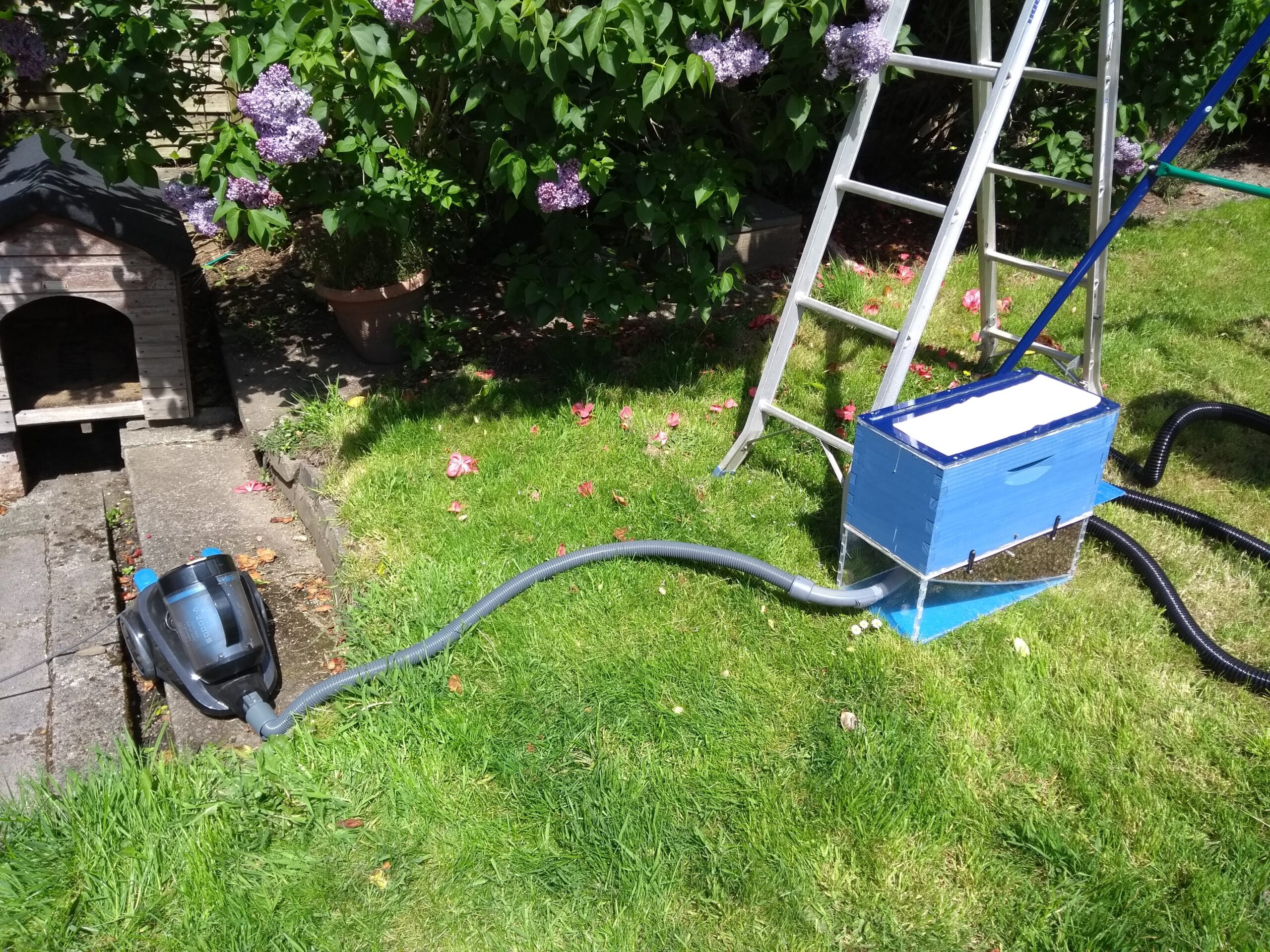
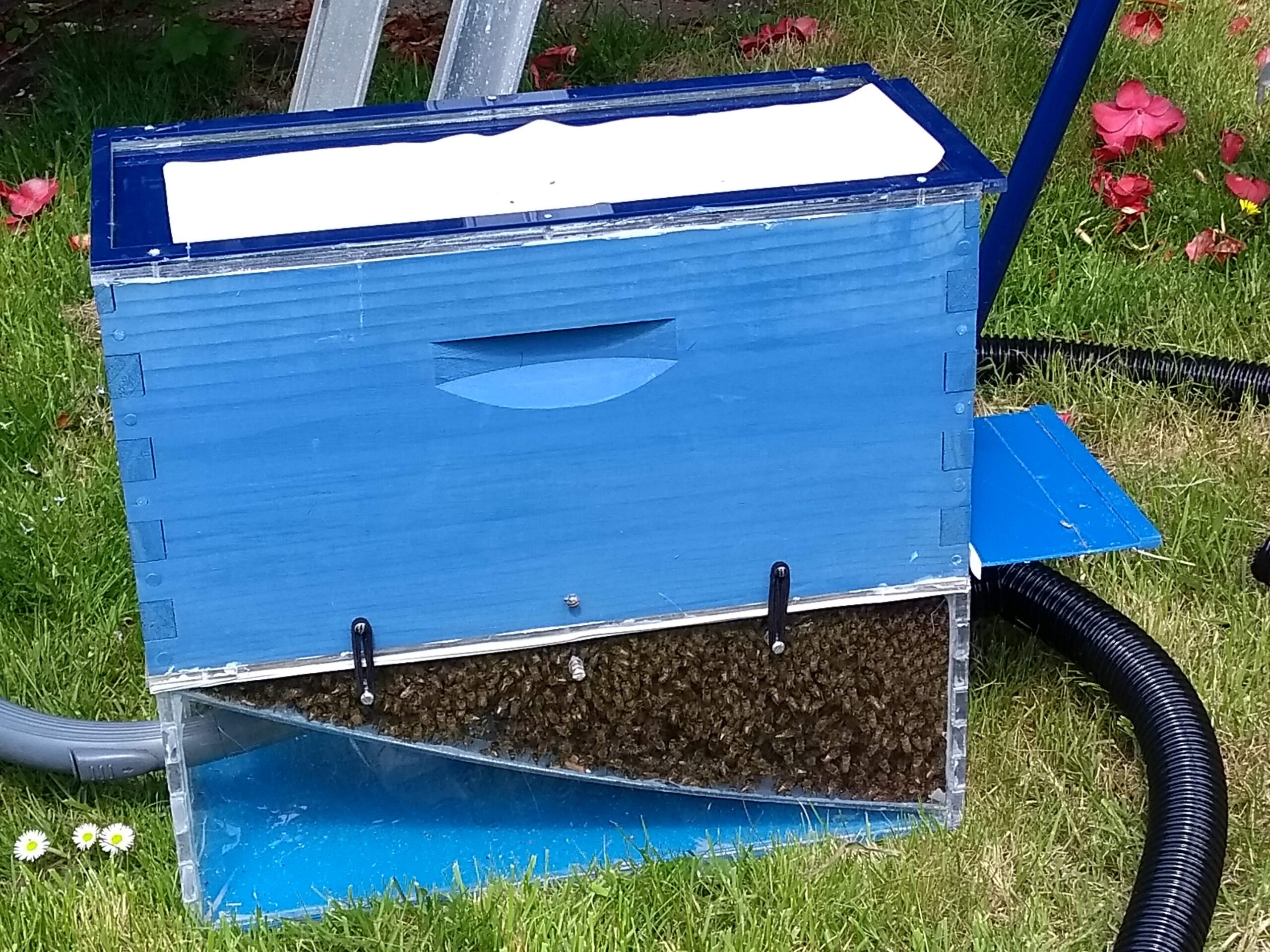
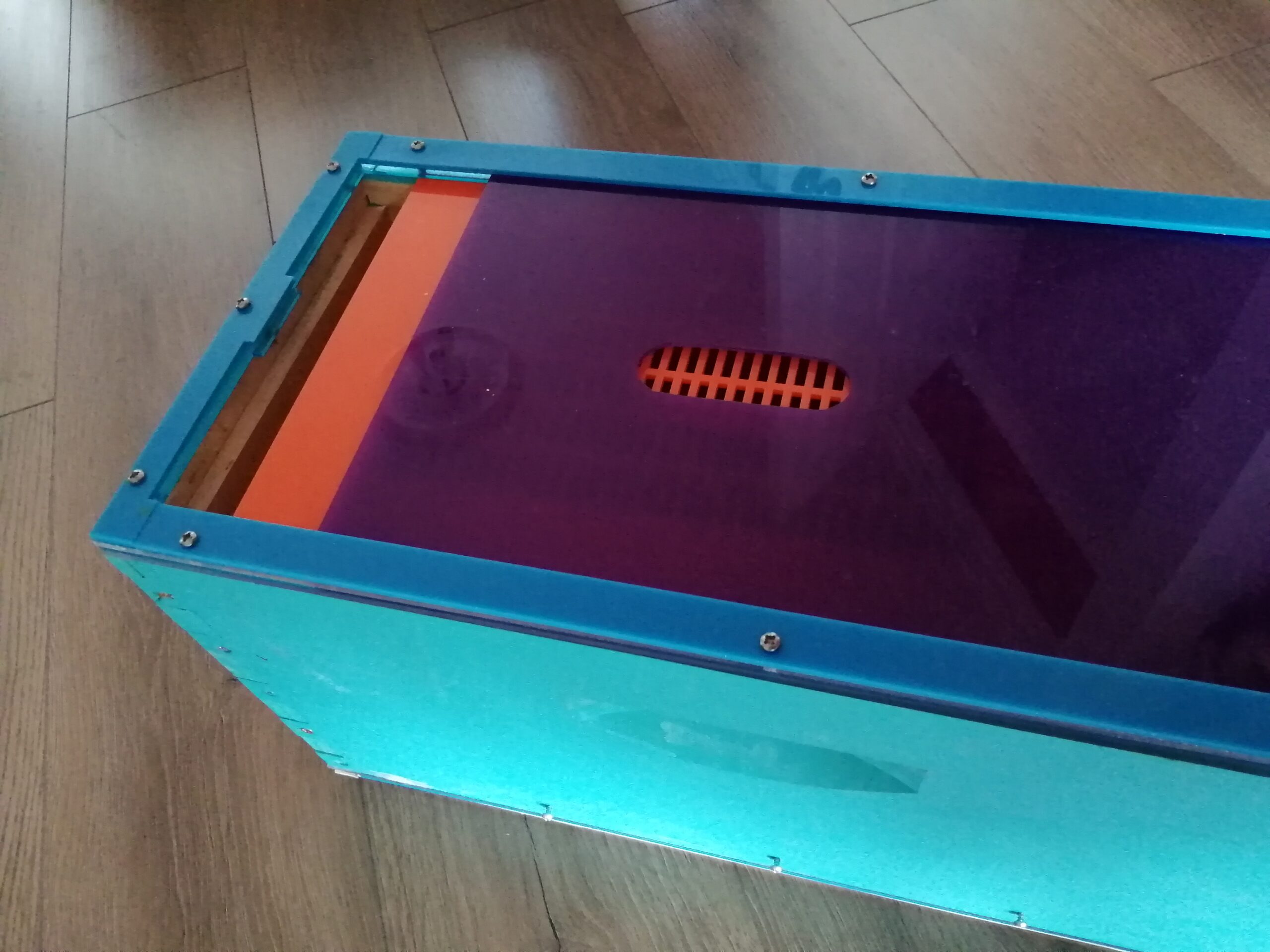
The goal is always to safely remove the bees and put them into a new home where they can flourish and not cause any nuisance or damage.

